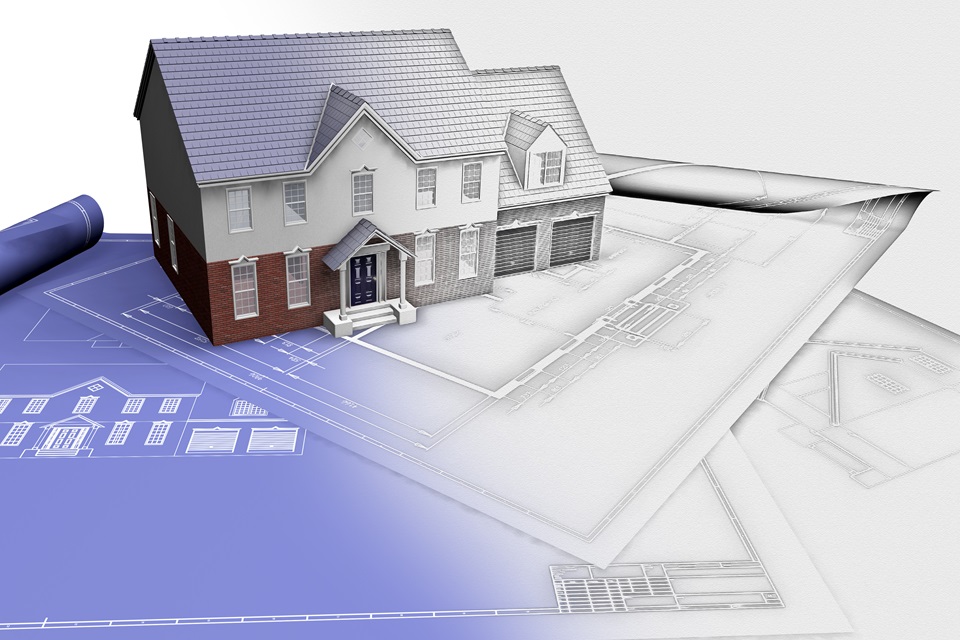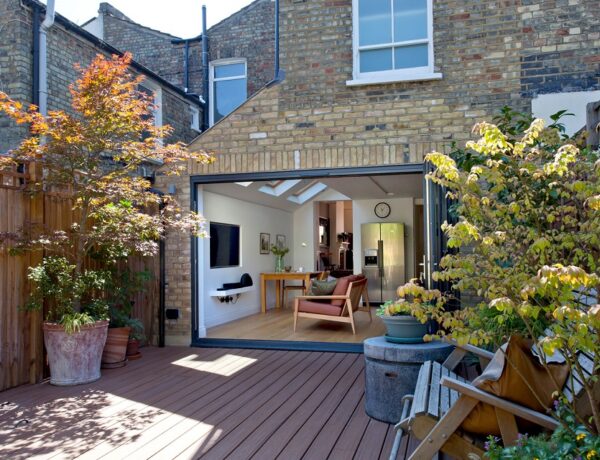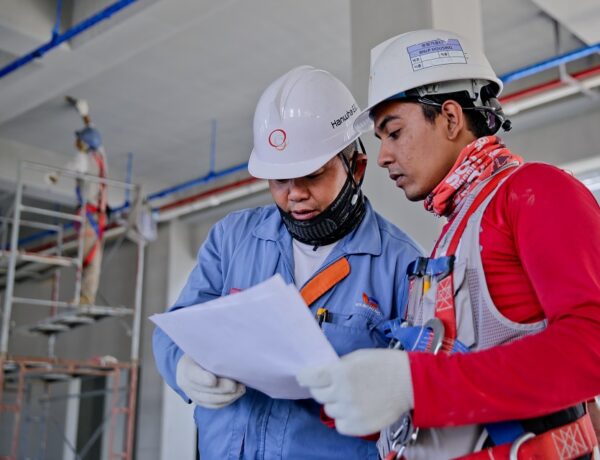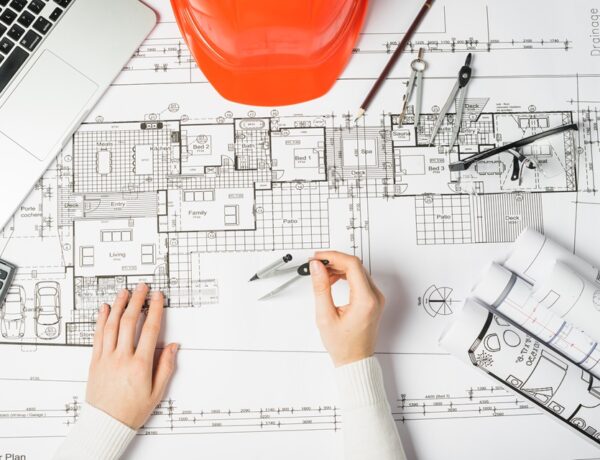Table of Contents
Key Takeaways:
- Understanding the role of sustainability in the evolving home construction arena.
- Highlighting the significance of energy-efficient technologies and practices.
- Exploring renewable energy sources, particularly solar power, in home construction.
- Presenting sustainable building materials as a solution for more eco-friendly living spaces.
- Addressing water conservation as a critical facet of sustainable design and construction.
- Emphasizing the necessity of improving indoor air quality for better health outcomes.
- Adopting minimalist principles for a less-is-more approach in homebuilding.
- Unveiling the advantages of integrating outdoor and indoor spaces.
- Recognizing the positive community and environmental impacts of local sourcing in construction projects.
- Anticipating innovative and forward-thinking trends in sustainable home construction.
Introduction To Sustainable Home Construction
The concept of sustainability in the residential construction sector has transcended buzzword status and become a central component of smart home design and building. As awareness of environmental challenges grows, homeowners seek ways to contribute to a greener planet, starting with their living places. This movement has fueled the need for innovative new construction trends, with sustainability featuring prominently throughout the entire construction process.
Eco-conscious home construction is not just about implementing green technologies; it’s a holistic approach that includes site planning, material selection, energy use, water conservation, and ensuring the health and comfort of the inhabitants. The guiding philosophy behind sustainable construction is to create living spaces that are built to last and designed to minimize their impact on the environment while maximizing both economic and social benefits for the occupants.
Energy Efficiency: Foundation Of A Sustainable Home
Energy efficiency begins with thoughtful design—considering factors like the home’s orientation to make the most of natural light and employing cutting-edge insulation materials that raise the bar for energy conservation. Breakthroughs in material science have resulted in high-performance insulation options that trap heat during the winter and repel heat during the summer, allowing the interiors to maintain a comfortable temperature with minimal energy usage. Innovative technology takes it a step further, providing homeowners with remote control systems that optimize heating, cooling, and lighting, pinpointing where and when energy is most needed.
Beyond the operational strategies, energy efficiency also encompasses the construction process itself, advocating practices that limit waste and reduce the carbon footprint of new builds. The industry is moving towards methods that promise speed, cost savings, and environmental stewardship, from recycling construction debris to utilizing prefabricated components manufactured under controlled conditions.
Sustainable Building Materials: A Greener Choice
The quest for sustainability extends to the very fabric of the dream home—the materials from which it is built. The industry is experiencing a shift towards materials that are either sustainably sourced or made from recycled components. Reclaimed timber, bamboo, and recycled metal are just a few examples of materials that are finding favor in green construction. These environmentally responsible choices contribute to resource conservation, reducing the demand for virgin resources that require extensive energy.
Bio-based materials like hempcrete and mycelium insulation are also making waves. They are valued for their minimal environmental impact during production and natural indoor temperature and humidity regulation. Pioneering companies are embracing such materials to create homes that are not only sustainable but also healthful, as they are free from the volatile organic compounds often found in traditional building substances.
Water Conservation Strategies In Home Design
Water scarcity challenges are becoming more prevalent, heightening the relevance of water conservation in the home. The modern homebuilder looks to incorporate rainwater catchment systems, drought-tolerant landscapes, and innovative water reuse setups that can significantly reduce a household’s water footprint. Beyond outdoor applications, water efficiency is brought indoors with the latest low-flow faucets, toilets, and showerheads that maintain functionality while reducing consumption.
Within this realm, manufacturers are driving progress with appliances that set new standards for water conservation. The development of water-smart appliances such as high-efficiency washing machines and dishwashers further underscores the holistic approach towards sustainability in home construction, recognizing that every drop saved is a step in the right direction.
Indoor Air Quality & Health
The health of home occupants is a top priority, underpinned by the quality of the air they breathe. Modern sustainable homes are designed with features that optimize ventilation and use non-toxic materials, resulting in better air quality and, subsequently, better resident health. Low-VOC paints, natural flooring materials, and green-certified furniture selections safeguard against indoor pollution and can significantly impact well-being. For those with respiratory issues or chemical sensitivities, such materials are not just a preference but a necessity.
Another trend gaining momentum is the inclusion of plants in the home environment. Beyond their aesthetic value, plants can naturally filter air, remove toxins, and contribute to a balanced indoor ecosystem, creating an oasis of wellness within the home.
Adopting A Minimalist Approach
A minimalist design ethos aligns seamlessly with the goals of sustainability. Stripping back to essentials, minimalist homes are characterized by clean lines, efficient use of space, and a focus on function. Adopting this principle can decrease the construction resources needed and reduce the home’s energy requirements. This approach is not merely an aesthetic decision; it’s an environmentally conscious one that acknowledges that the most sustainable home uses the fewest resources without compromising comfort or quality.
Minimalist designs can also help homeowners adopt more sustainable lifestyles by encouraging them to consider each item’s necessity and purpose in their space. This fosters a mindset of quality over quantity and thoughtful consumption.
The Integration Of Outdoor & Indoor Spaces
The last few years have seen a blurring of the lines between the indoors and the outdoors as homeowners seek to bring the tranquility of nature into their living spaces. The seamless integration of these areas is aesthetically pleasing and beneficial for the environment. Architectural elements such as large glass doors and expansive windows enhance natural ventilation and reduce the need for artificial lighting and climate control, conserving energy and connecting inhabitants with the natural world’s rhythms.
The design trend toward open, airy spaces with a solid connection to the environment harmonizes with the desire for sustainable living, creating homes that are comfortable and in tune with the landscape and climate in which they’re built.
The Future Of Home Construction: Innovations On The Horizon
Envisioning the future of home construction means exploring the boundaries of sustainability and innovation—trends such as 3D printing offer exciting prospects for reducing waste and increasing efficiency in the building process. The ability to print only what is necessary and recycle materials endlessly could revolutionize the industry, creating affordable housing solutions with a dramatic decrease in environmental impact. Modular construction is another field ripe with potential, offering the benefits of streamlined production, reduced material waste, and compact, energy-efficient designs that challenge traditional notions of space usage.
As we look toward the horizons of innovation, it’s clear that the emphasis on sustainability is more than a trend; it’s a profound transformation reshaping how we think about our homes and our place within the natural world.





No Comments